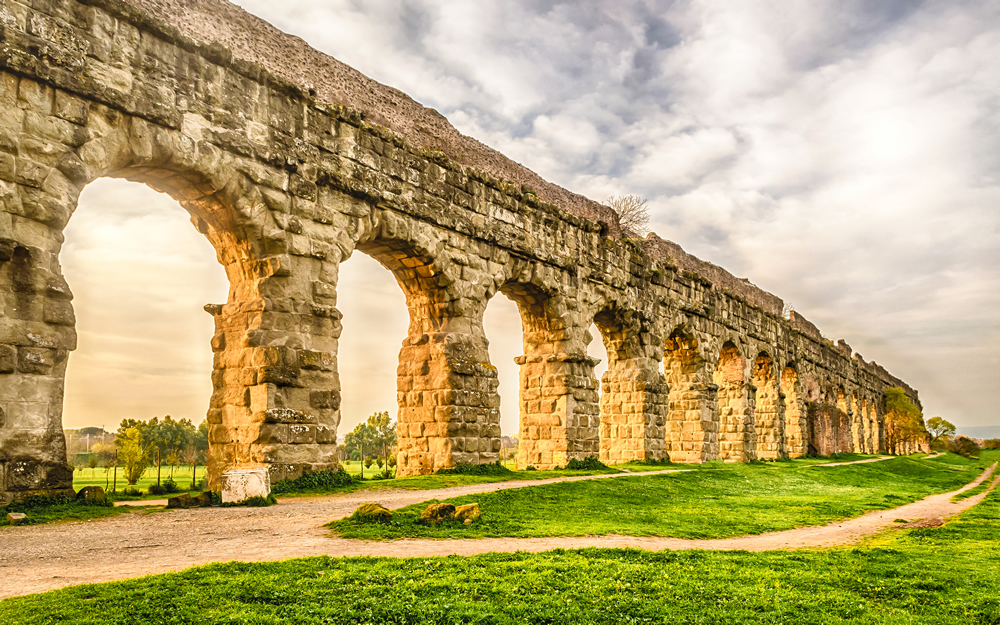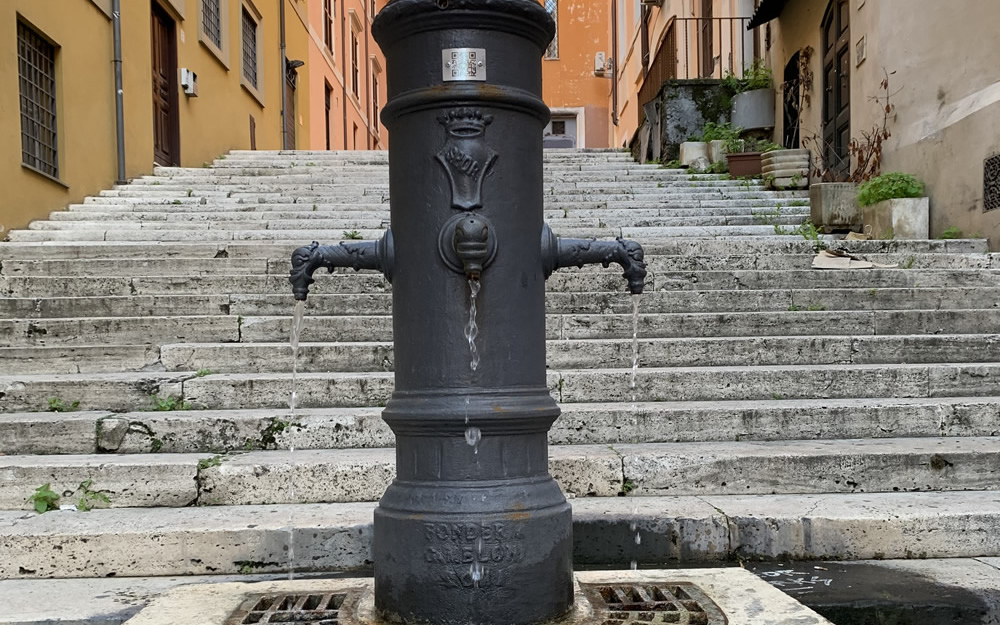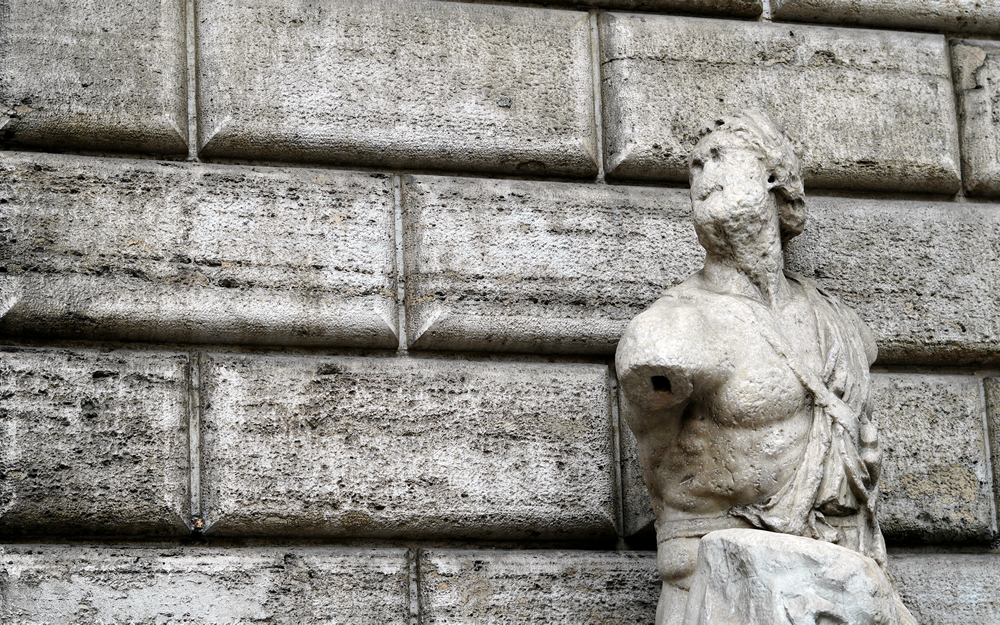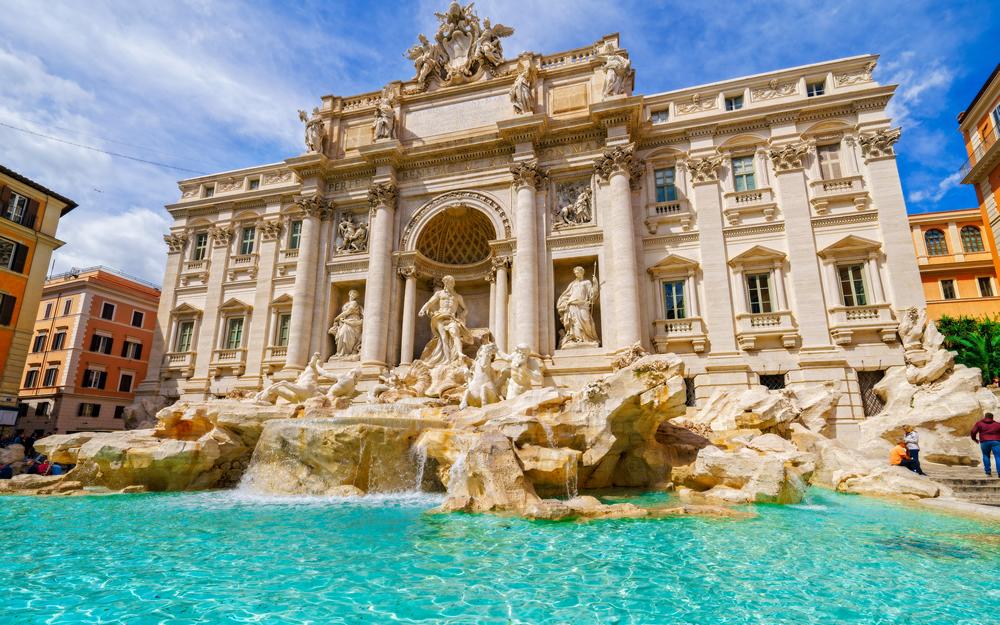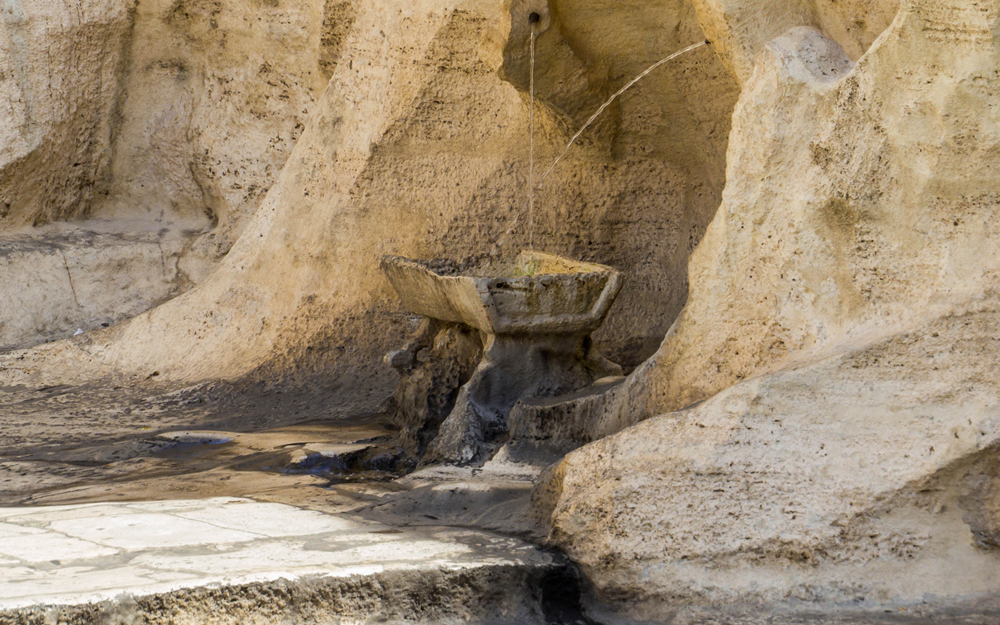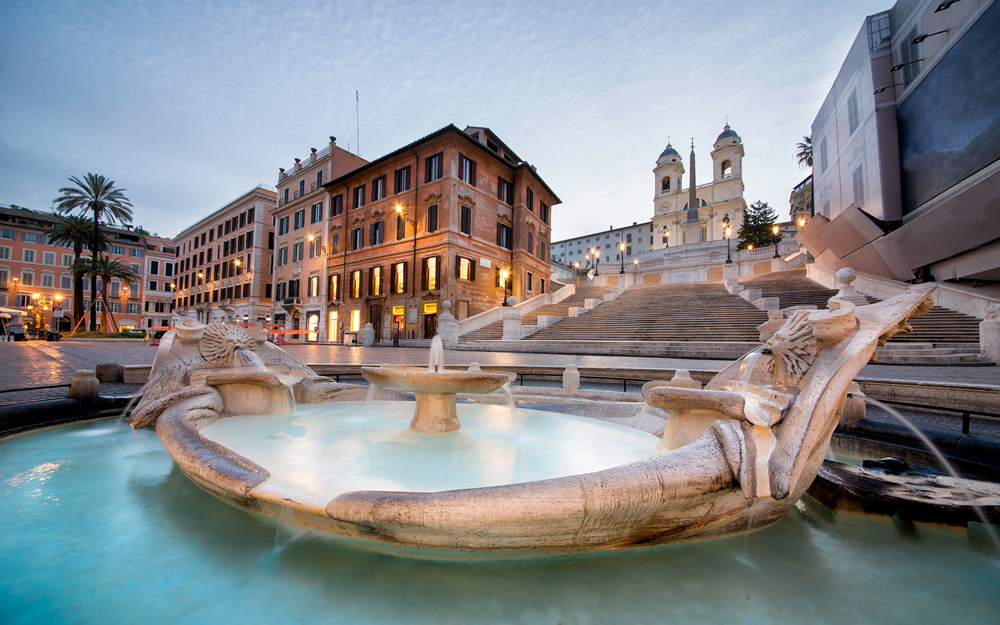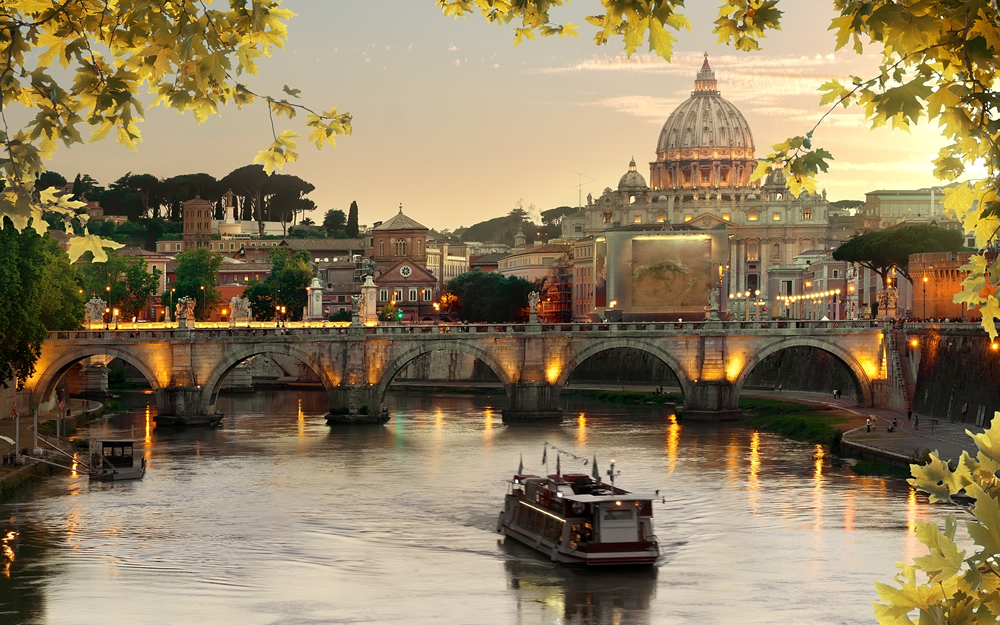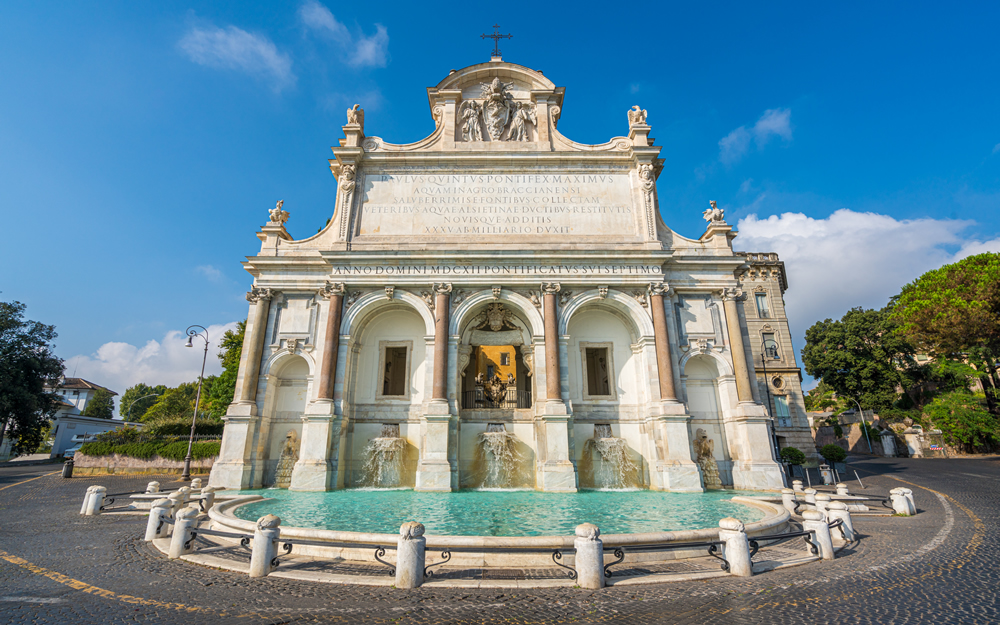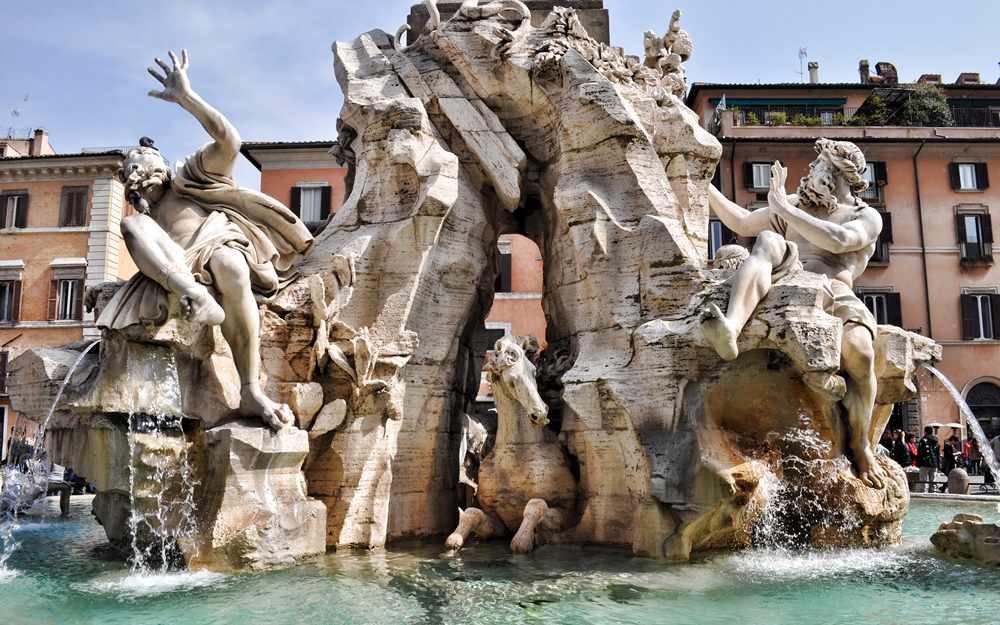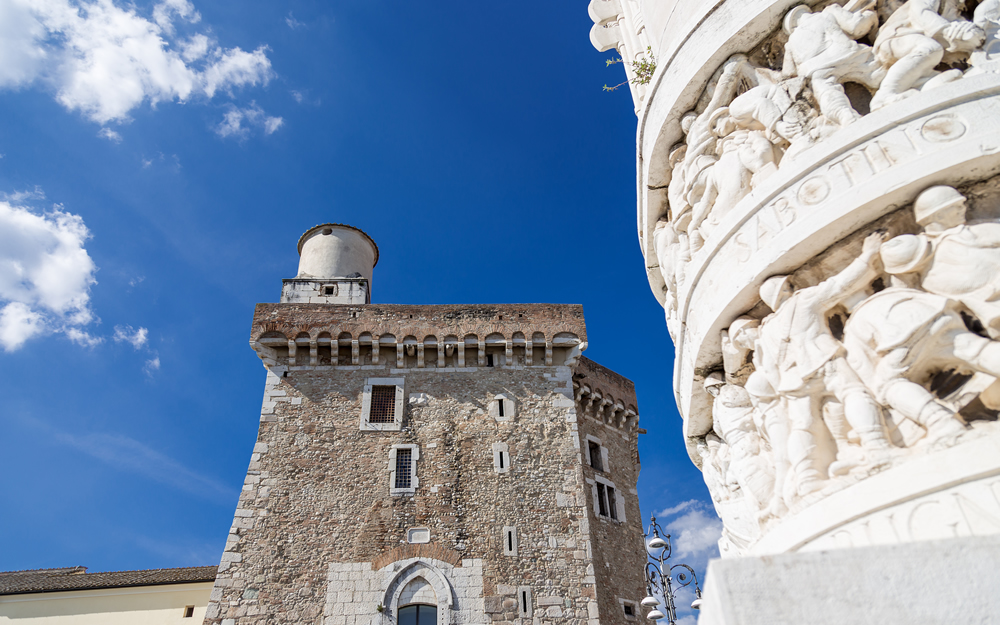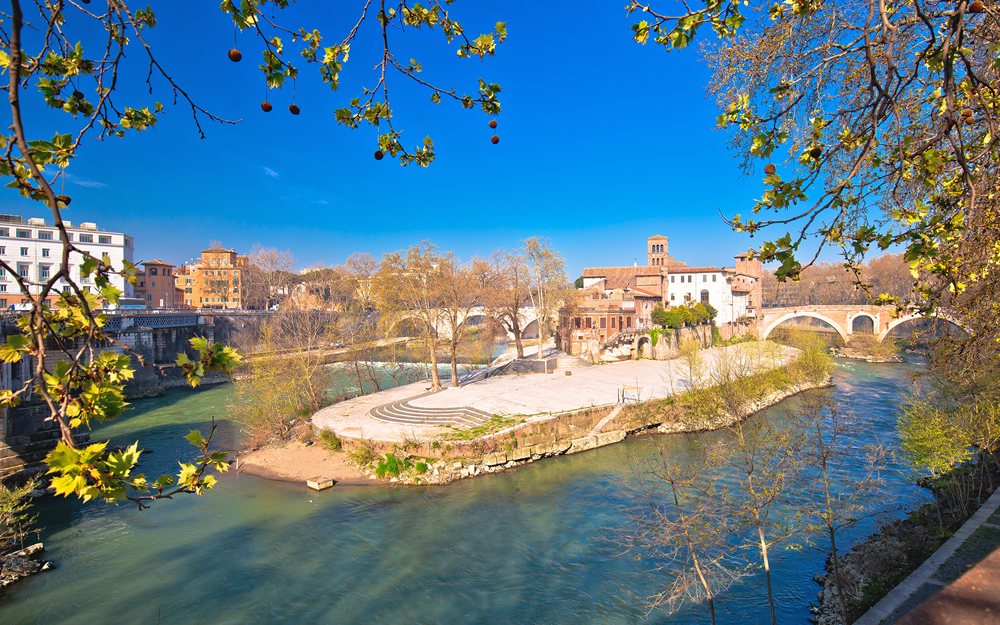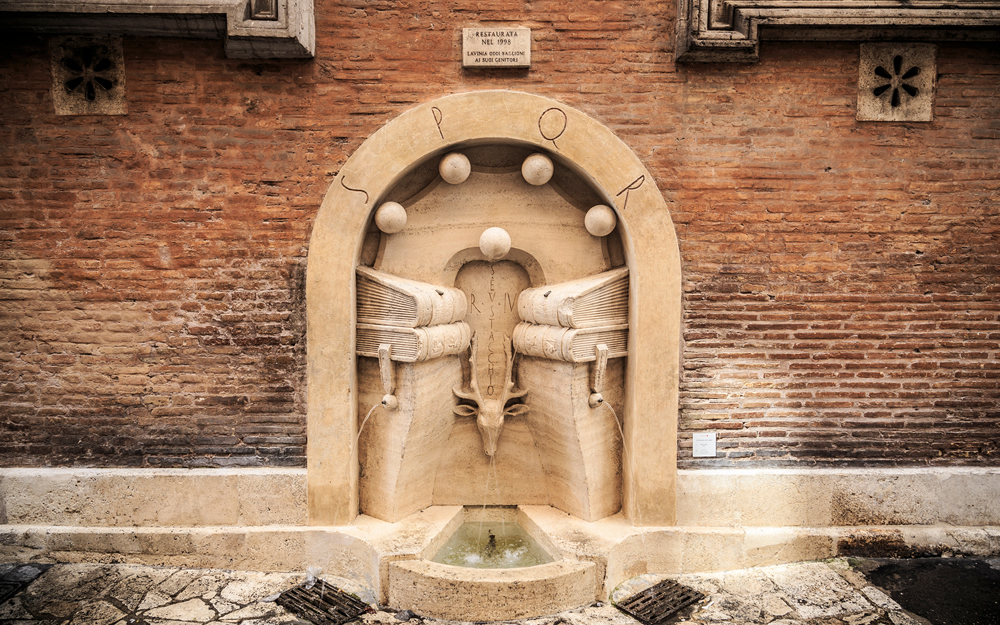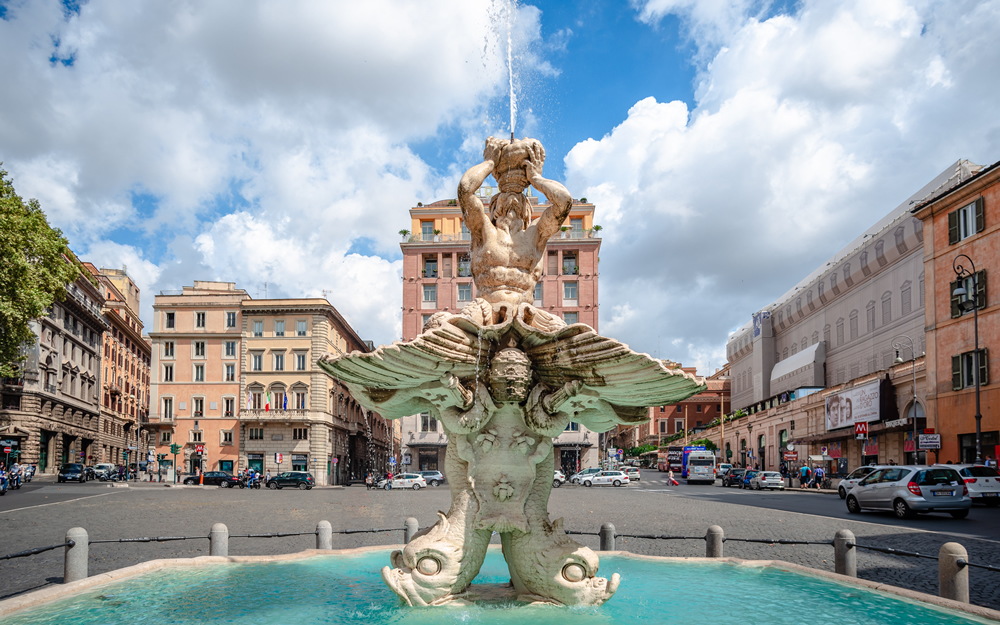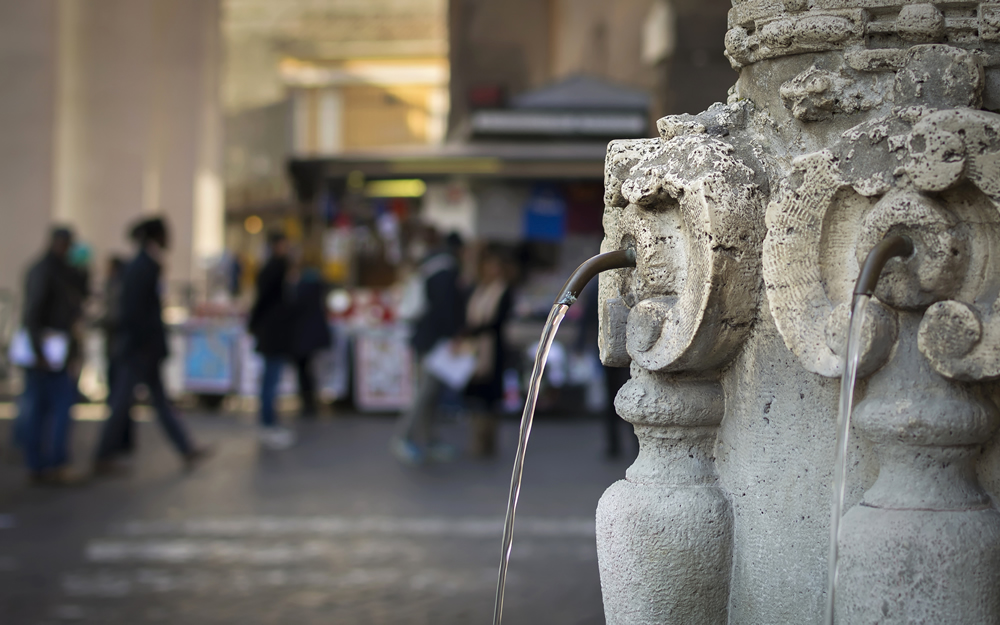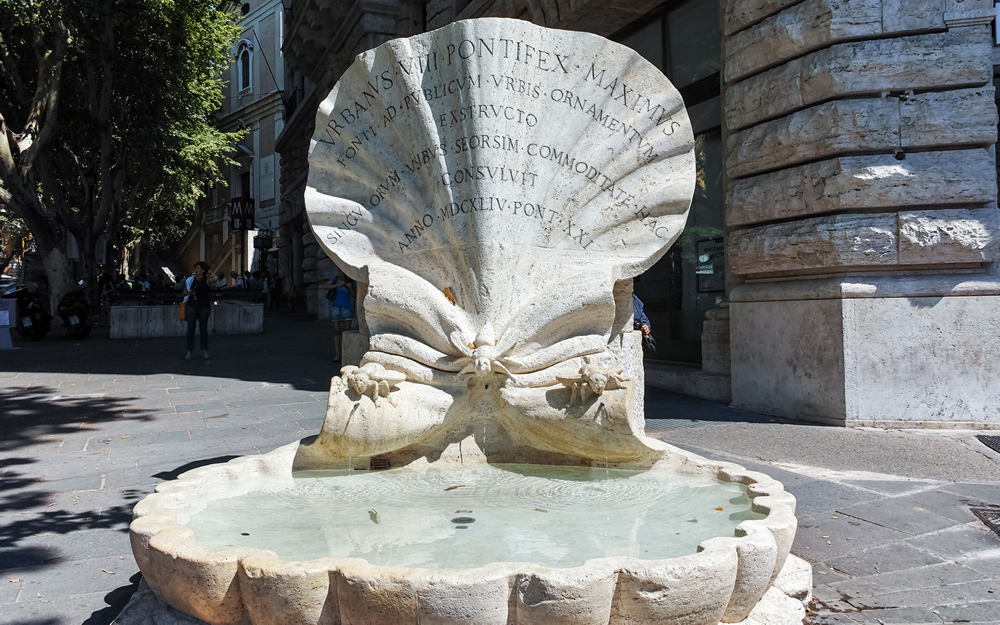- Home /
- Voice from the city /
- The Cascata delle Marmore: 7 facts about these majestic waterfalls
The Cascata delle Marmore: 7 facts about these majestic waterfalls
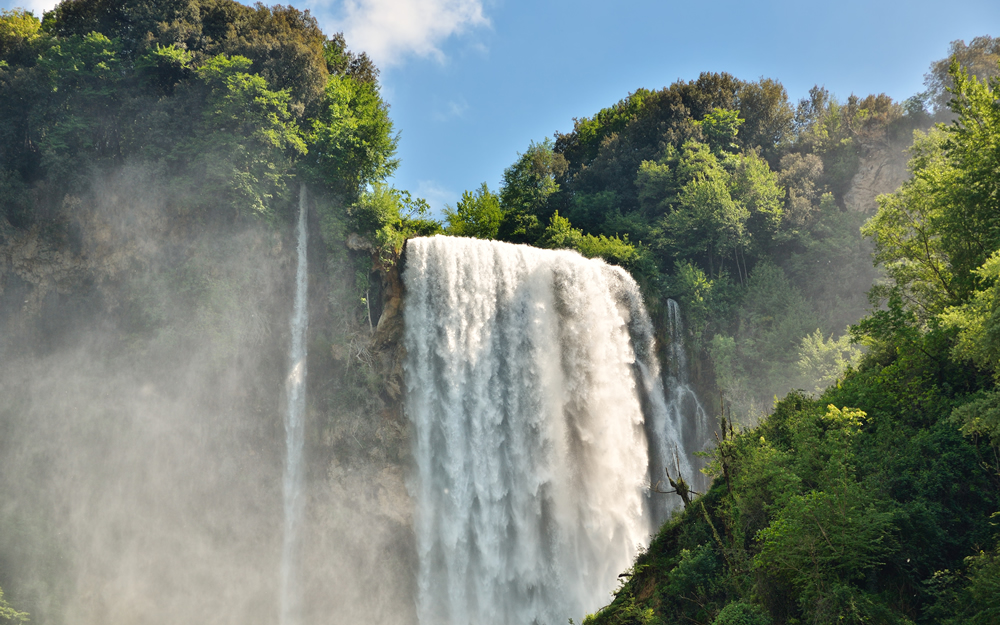
The Cascata delle Marmore - or Marmore Waterfalls - are set in an enchanting location in the Nera valley, and represent an unmissable stop on the Umbrian section of the 'most beautiful villages in Italy' route. Famous throughout Italy and Europe for its unique landscape, this place is rendered even more fascinating by the history and legends that intertwine to form the story of its origins. We bring you 7 top facts about the Marmore Waterfalls!
1. The Cascata delle Marmore: where are they located?
The Cascata delle Marmore are found just 7 km from Terni, in Umbria. This little slice of paradise will take you unawares, rising unexpectedly almost from the side of the Valnerina state road number 209. The surrounding Natural Park boasts incredible landscapes, viewpoints overlooking the waterfall and delightful footpaths. The falls themselves lie at the end of the Valnerina, the valley carved out by the Nera river, and are formed by the waters of the Velino river that flow from the nearby Piediluco lake into the Nera gorges.
2. Why are they called “Cascata delle Marmore”?
The Cascata delle Marmore take their name from the Italian word for marble, 'marmo'. They are in fact three falls in total, whose name refers to the calcium carbonate deposits which accumulate on the surrounding rocks, making them appear very similar to - you guessed it - white marble! Indeed, since ancient times the prestigious stone has given its name not only to the waterfall, but also to a small area near Terni, called Marmore.
3. The romantic legend behind the Marmore Falls
According to an ancient Umbrian folk legend, Nera was a nymph and Velino the beautiful shepherd with whom she fell madly in love. This forbidden love made Juno so furious and jealous that she turned Nera into a river. Desperate to be with his beloved, Velino threw himself from the Marmore cliff into the waters of the river below. Jupiter was so moved by this sacrifice that he wanted to help Velino, in turn also transforming him into water. That leap thus plays out over and over again for all eternity, in the form of the Marmore waterfalls.
4. A history of change
It looks like nature's magnificent handiwork, but, in reality, the Cascata delle Marmore are the result of centuries of engineering and technological research. That's right folks, this waterfall is actually man-made! But let's take a look at the most important dates in its history...
- Its origins date back to 271 BC when, at the behest of the Roman consul Curio Dentato, the Caba Curiana canal was built to drain a marshy area. This channel directed the stagnant waters towards the natural jumping off point formed by the Marmore cliff, from whence they could fall directly into the Nera river below. Due to continuous flooding in the surrounding countryside of Terni and Rieti, numerous changes were made over the centuries, although these were never totally effective.
- It was only as late as 1787 that, at the behest of Pope Pius VI, the architect Andrea Vici changed the way the water fell, finally solving the problem of flooding in the area and giving the waterfall its present-day appearance.
- In 1800, the power of the water was harnessed to create energy. In fact, between 1800 and 1900, the waters of the Marmore Waterfalls represented the main source of power for the Terni’s steel plant.
- In the following years, the waterfall at last was exploited for the production of hydroelectric energy.
5. The story of the 'bridal veil'
A second evocative legend surrounding the waterfall is linked to Saint Valentine. It is said that it was the patron saint of lovers, a native of Terni, who gave rise to the flow of water: to prove the purity of the nymph Nera, questioned by her future husband, Valentine struck and broke the rock, creating a jet similar to a 'bridal veil'.
6. On-Off: how the Cascata delle Marmore work
Few people realise that the Marmore Waterfalls are not always flowing at the same capacity. This wonderful water resource is said to be flow-controlled: the maximum release of water is only visible at certain times, with shifts varying according to the season. When flow is at its lowest, the rocks can be seen through the falls. Prior to the flow being fully reopened, a long siren sounds!
7. Record-breaking waterfalls!
The Cascata delle Marmore stand at 165 metres tall, making them the highest waterfalls in Europe. But that's not all. They also hold the record for the highest artificial falls in the world (a record disputed by the artificial waterfall of Liebien, in China). The largest single drop of the Marmore Waterfalls is 85 metres, and its average flow rate is 15 m³/s of water. It also attracts a record-breaking number of (paying) visitors every year: about half a million!
8. The most beautiful trails in the Marmore Falls
9. What to do in the area surrounding the Cascata delle Marmore
The Natural Park surrounding the Cascata della Marmore provides visitors with the opportunity to explore various footpaths connecting the upper viewpoint to the lower one. For a breathtakingly spectacular view, head to the Balcone degli Innamorati, or Lovers' Balcony - a small ledge in the rockface located just behind the waters of the cascade itself (advanced booking required to visit).
Outdoor sports can be practised around the waterfall. Among the most popular activities are river walking, or descending the rapids in an inflatable boat: rafting at the Marmore Falls is an adrenalin-pumping experience, suitable for the whole family
Otherwise we recommend to hike along the Umbrian section of the 'most beautiful villages in Italy' route. We recommend you explore the tips and guides available on the Acea Waidy Wow App so as not to miss anything along the way!



